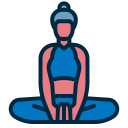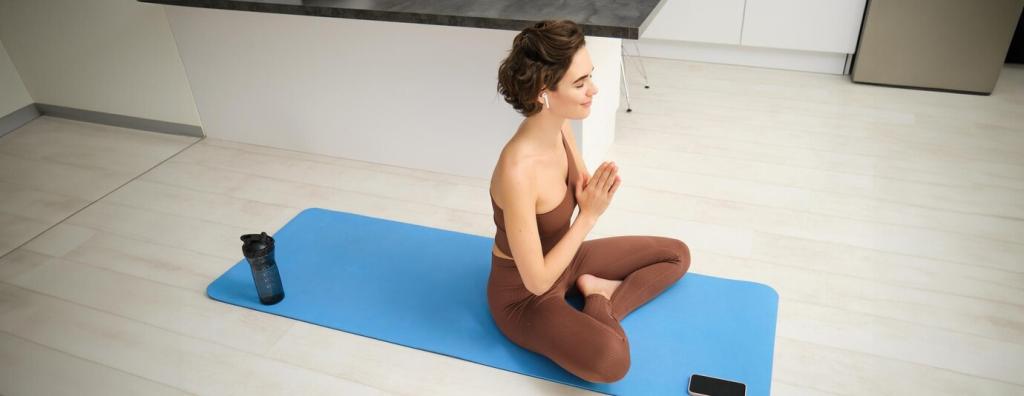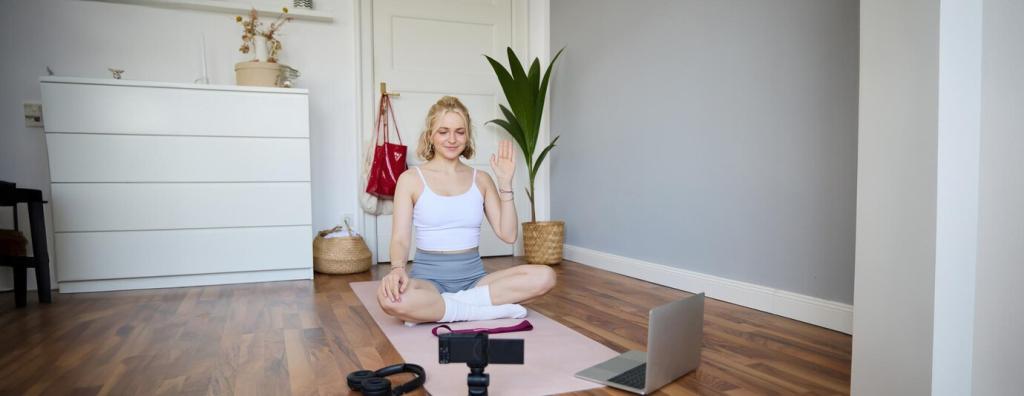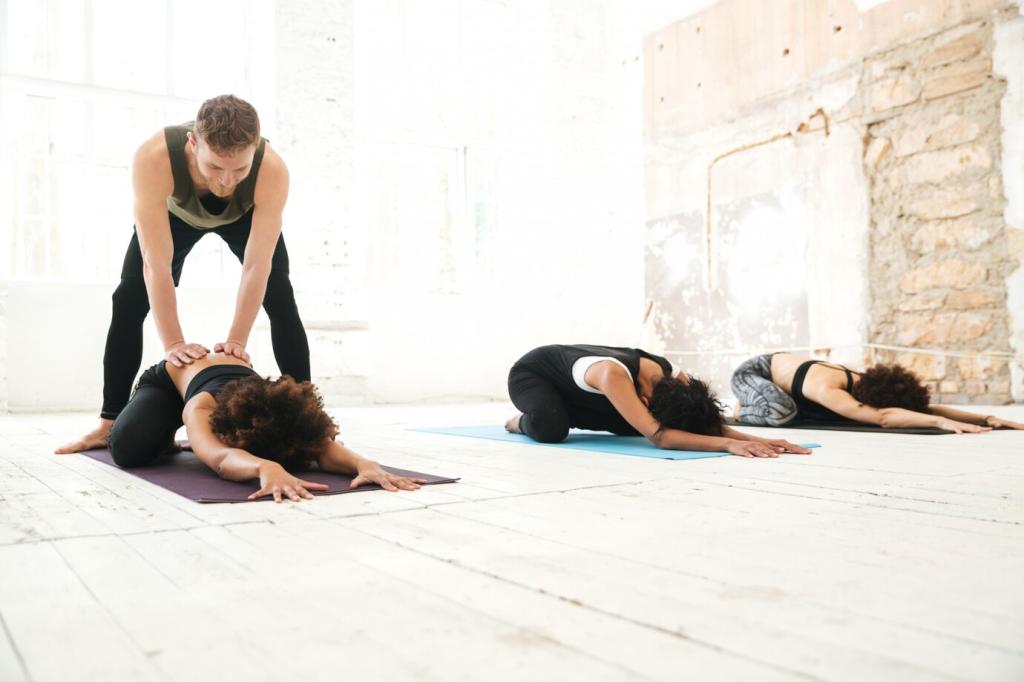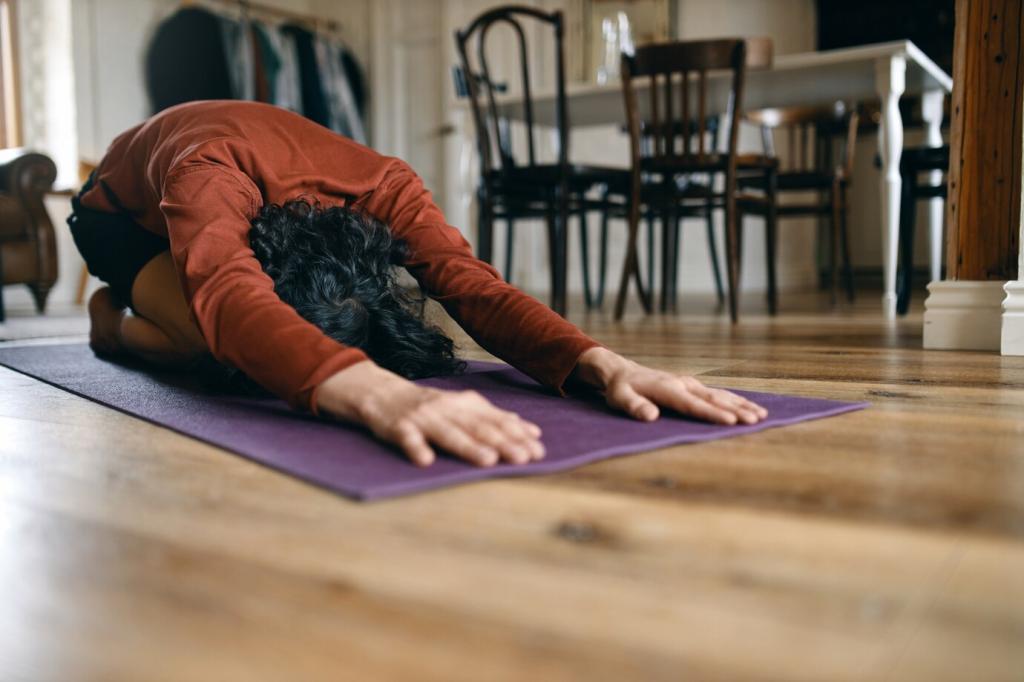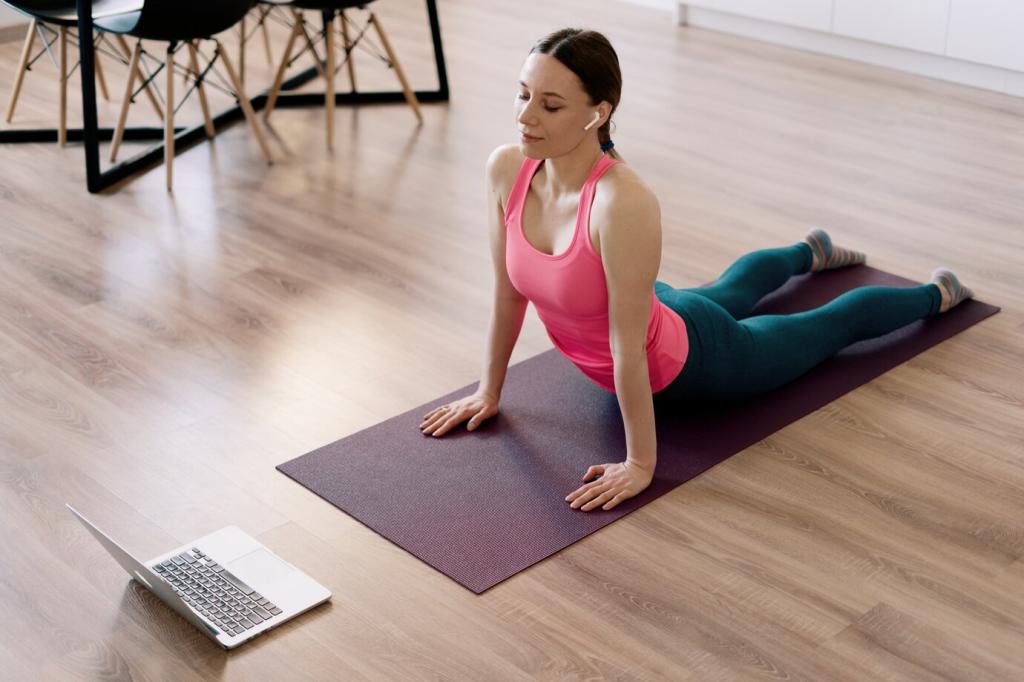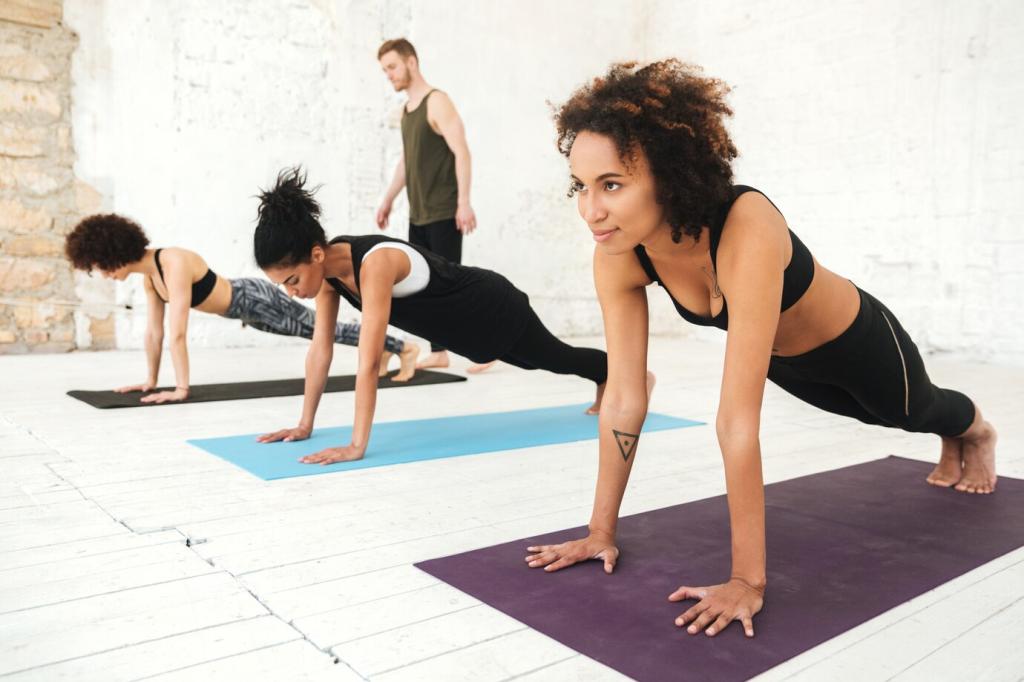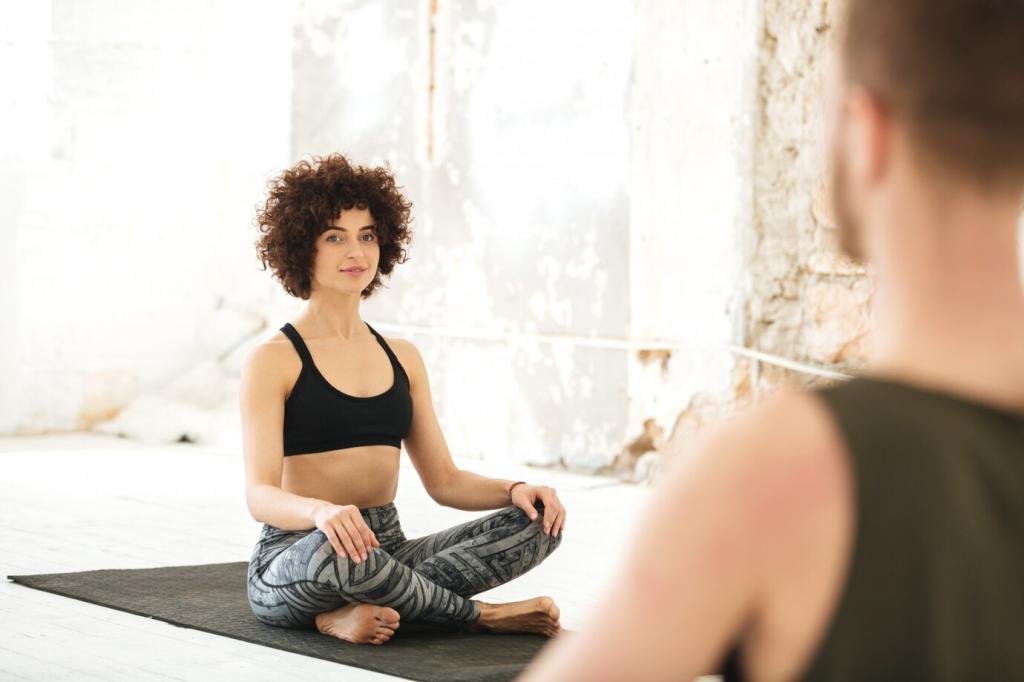Budget, Sustainability, and Smart Shopping
Begin with a dependable mat, one foam block, and a cotton strap. Borrow a blanket from home. Try secondhand options, studio clear-outs, or local swap groups. Focus on grip and comfort first, then slowly add a second block. Prioritize what solves your biggest practice obstacle today.
Budget, Sustainability, and Smart Shopping
Natural rubber offers excellent traction and cushioning, cork blocks are renewable and sturdy, and cotton straps last for years. If you have latex sensitivities, avoid natural rubber. Seek brands with recycling programs and low-odor production. Choosing neutral colors can extend visual longevity and reduce impulse replacements.
